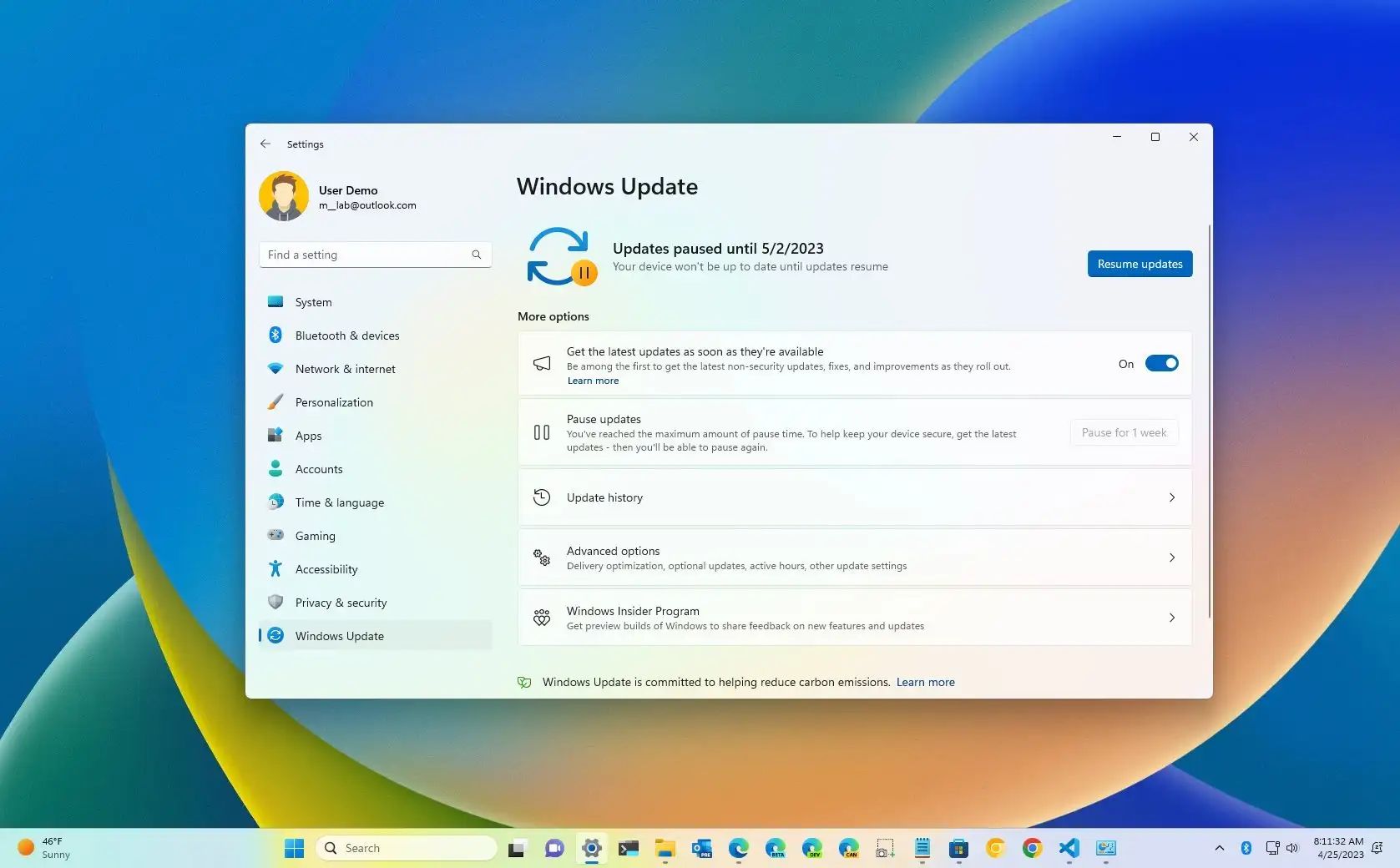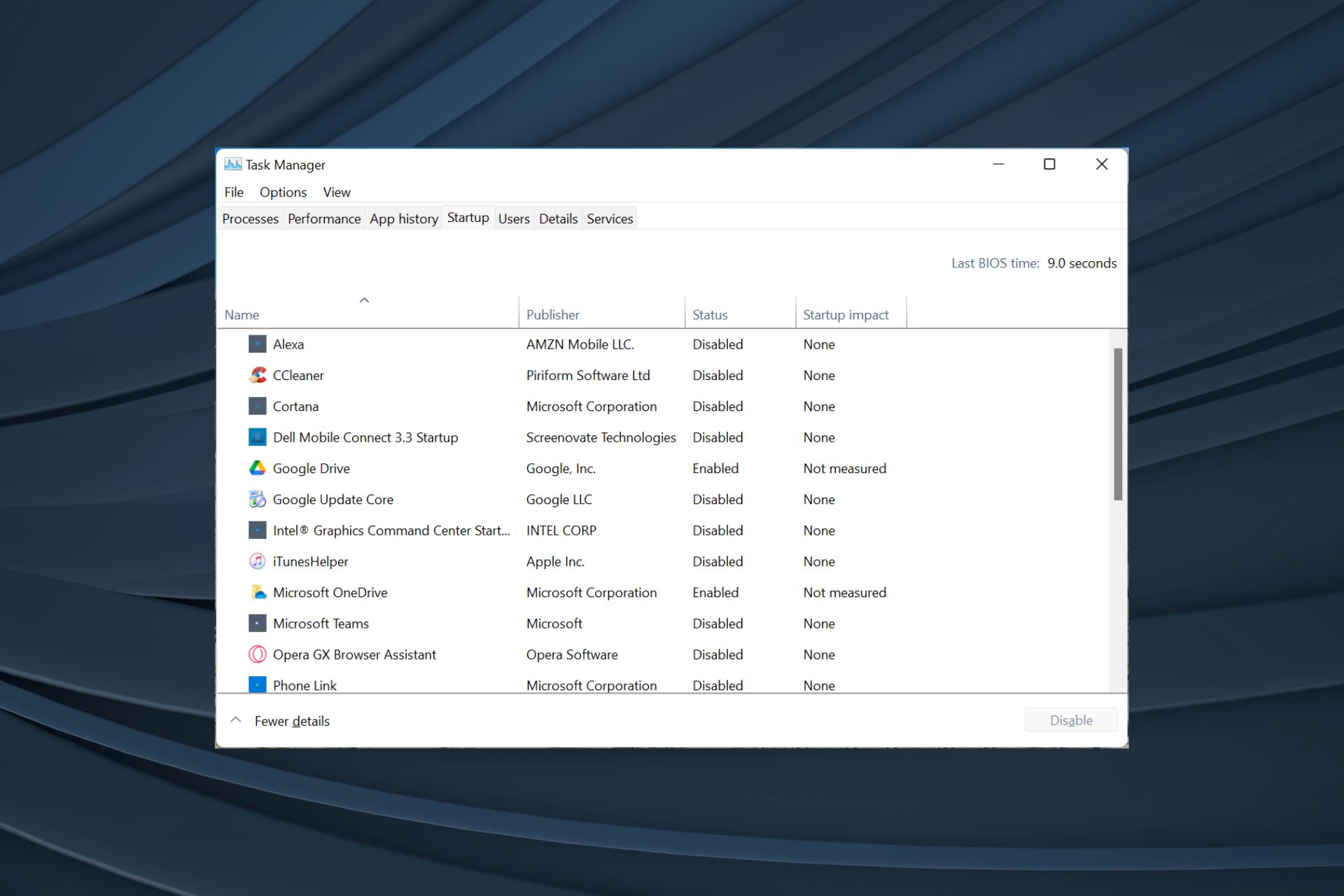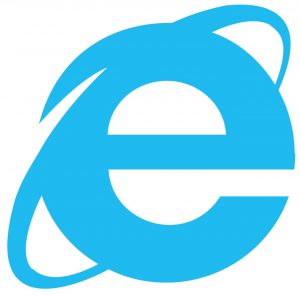Introduction
Welcome to this article on how to stop the Windows 11 download. With the release of Windows 11, many users are excited to get their hands on the newest features and updates. However, there may be instances where you prefer to stick with your current operating system or simply want to avoid the automatic download and installation of Windows 11.
Whether you have specific compatibility concerns, prefer the familiarity of your current setup, or you’re just not ready to make the switch yet, there are ways to prevent Windows 11 from being downloaded onto your device automatically.
In this article, we will explore a variety of methods you can use to stop the Windows 11 download. These methods range from using the Windows Update settings and Local Group Policy Editor to utilizing the Registry Editor and disconnecting from the internet. Additionally, we will discuss the option of using third-party tools to manage Windows updates effectively.
It’s important to note that these methods are intended for users who want to temporarily delay or prevent the Windows 11 update and are not suitable for long-term use. Microsoft regularly releases updates and security patches, and it is recommended to keep your operating system up to date. However, if you still wish to prevent the Windows 11 download on your device, read on to explore the different methods available to you.
Remember, before making any changes to your system settings, it is always a good idea to create a backup or restore point, just in case anything goes wrong during the process. Now, let’s dive into the various methods that will help you stop the Windows 11 download and keep your current operating system running smoothly.
Method 1: Using the Windows Update Settings
If you prefer a straightforward and built-in method to stop the Windows 11 download, you can make use of the Windows Update settings on your device. Follow the steps below:
- Open the Start Menu and click on the Settings gear icon to open the Windows Settings.
- In the Windows Settings window, click on “Update & Security.”
- In the left-hand menu, select “Windows Update.”
- Click on the “Advanced options” link.
- Under the “Choose when updates are installed” section, click on the drop-down menu and select “Semi-Annual Channel (Targeted).” This option will delay the installation of major updates like Windows 11 for up to one year.
- Exit the settings window, and your device will no longer download or install the Windows 11 update automatically.
By configuring this option, you have effectively postponed the installation of Windows 11. However, it’s important to note that this method may not prevent the download of smaller updates and security patches for your current operating system.
If at any point you decide to upgrade to Windows 11 in the future, you can simply revisit the Windows Update settings and choose a different option, allowing the update to proceed.
Now that you are familiar with the first method for stopping the Windows 11 download, let’s move on to the next method in our list.
Method 2: Using the Local Group Policy Editor
If you’re comfortable working with advanced system settings, you can use the Local Group Policy Editor to prevent the Windows 11 download. Please note that the Local Group Policy Editor is only available in certain versions of Windows, such as Windows 10 Pro, Enterprise, and Education editions. Follow the steps below:
- Press the Windows key + R on your keyboard to open the Run dialog box.
- Type “gpedit.msc” into the Run dialog box and press Enter. This will open the Local Group Policy Editor.
- In the Local Group Policy Editor window, navigate to the following path: Computer Configuration > Administrative Templates > Windows Components > Windows Update.
- In the right-hand pane, locate and double-click on the policy titled “Configure Automatic Updates.”
- In the policy settings window, select the “Disabled” option.
- Click on the “Apply” button and then on “OK” to save the changes.
By disabling the Automatic Updates policy, you are effectively preventing Windows 11 from being downloaded and installed on your device. Please keep in mind that this method only affects automatic updates and will not prevent manual updates from being installed.
If you decide at a later time to allow Windows 11 to be downloaded and installed, you can revisit the Local Group Policy Editor and enable the Automatic Updates policy again.
Now that you are familiar with the second method for stopping the Windows 11 download, let’s move on to the next method in our list.
Method 3: Using the Registry Editor
If you’re comfortable making changes to the Windows Registry, you can use the Registry Editor to prevent the Windows 11 download. However, please note that modifying the registry can be risky, so it’s essential to proceed with caution and create a backup of your registry before making any changes. Follow the steps below:
- Press the Windows key + R on your keyboard to open the Run dialog box.
- Type “regedit” into the Run dialog box and press Enter. This will open the Registry Editor.
- In the Registry Editor window, navigate to the following path: HKEY_LOCAL_MACHINE\SOFTWARE\Policies\Microsoft\Windows\WindowsUpdate.
- If the “WindowsUpdate” key doesn’t exist, you’ll need to create it. Right-click on the “Windows” key, select “New,” and then choose “Key.” Name the new key “WindowsUpdate.”
- Inside the “WindowsUpdate” key, right-click on the right-hand pane, select “New,” and then choose “DWORD (32-bit) Value.” Name the new DWORD “DisableOSUpgrade.”
- Double-click on the “DisableOSUpgrade” DWORD and set its value to “1.”
- Click on the “OK” button to save the changes.
By creating and modifying the DisableOSUpgrade DWORD value, you have effectively prevented the Windows 11 download on your device. If you ever decide to upgrade to Windows 11 in the future, you can delete the DisableOSUpgrade DWORD or set its value to “0.”
Remember, editing the registry can have significant implications for the stability and functionality of your system, so proceed with caution and only make changes if you are confident in your understanding of the process.
Now that you are familiar with the third method for stopping the Windows 11 download, let’s move on to the next method in our list.
Method 4: Disconnecting from the Internet
If you prefer a simple and temporary solution to prevent the Windows 11 download, you can disconnect your device from the internet. By disconnecting from the internet, your device will not have access to the necessary servers to initiate the Windows 11 update process. Here’s how you can do it:
- Click on the network icon in the system tray located at the bottom right corner of the screen.
- In the network settings pane, click on the network you are connected to.
- Click on the “Disconnect” button or toggle the switch to disconnect from the network.
Once you have disconnected from the internet, your device will be unable to download and install the Windows 11 update. Keep in mind that this method is temporary, and you will need to reconnect to the internet to access other online resources and services.
If you decide to proceed with the Windows update in the future, simply reconnect to the internet, and your device will resume downloading and installing updates, including Windows 11.
Now that you are familiar with the fourth method for stopping the Windows 11 download, let’s move on to the next method in our list.
Method 5: Using a Third-Party Tool
If you’re looking for a more comprehensive solution to manage Windows updates and prevent the Windows 11 download, you can consider using a third-party tool. These tools offer advanced features and customization options that allow you to control the update process on your device. Here are a few popular third-party tools you can explore:
- WUMgr: WUMgr is a command-line utility that provides granular control over Windows updates. It allows you to hide specific updates, disable updates, and customize the update check cycle. With WUMgr, you can effectively prevent the Windows 11 update from being downloaded and installed on your device.
- Windows Update Blocker: Windows Update Blocker is a user-friendly tool that enables you to block or allow Windows updates with a simple toggle switch. It provides an intuitive interface and allows you to prevent the Windows 11 update while still keeping other critical updates active.
- StopUpdates10: StopUpdates10 is a lightweight tool designed to stop Windows updates on Windows 10. While it is primarily intended for Windows 10, it can also be used to prevent the Windows 11 update. With StopUpdates10, you have the flexibility to control when and how updates are installed on your device.
These are just a few examples of third-party tools you can use to manage and prevent the Windows 11 download. It’s important to research and choose a tool that best suits your needs and compatibility requirements.
Remember to exercise caution and download third-party tools from trusted sources to ensure they are safe and reliable.
Now that you have learned about the fifth method for stopping the Windows 11 download, let’s move on to the concluding section of this article.
Conclusion
In this article, we explored several methods for stopping the Windows 11 download. We started with using the Windows Update settings, where you can configure the update channel to delay major updates like Windows 11. Then, we discussed the use of the Local Group Policy Editor and the Registry Editor to disable automatic updates and prevent Windows 11 from being downloaded on your device. We also explored the option of disconnecting from the internet as a temporary measure to avoid the update. Lastly, we mentioned the availability of third-party tools that offer more advanced control over Windows updates.
It’s important to remember that while these methods can help delay or prevent the Windows 11 download, keeping your operating system up to date with the latest updates and security patches is crucial for maintaining the best performance and security. It’s recommended to regularly review and adjust your update settings based on your preferences and compatibility requirements.
Before making any changes to your system settings or using third-party tools, it’s essential to understand the risks involved and create backups or restore points to ensure you can revert any unwanted changes.
We hope that the methods discussed in this article have provided you with the information you need to prevent the Windows 11 download and keep your current operating system running smoothly. Whether you choose to utilize the Windows Update settings, the Group Policy Editor, the Registry Editor, disconnect from the internet, or use third-party tools, the choice is yours based on your comfort level and specific needs.
As technology advances, operating systems evolve, and it is essential to stay on top of updates to benefit from the latest features and security enhancements. However, it’s perfectly understandable if you prefer to wait or stick with your current setup for now. Whatever your decision may be, we hope this article has been helpful in guiding you through the process of stopping the Windows 11 download.
Thank you for reading, and we wish you a smooth and hassle-free computing experience!

























